A fine Queen Anne walnut eight-day longcase clock John Knibb, Oxford, early 18th century The five fully latched and crisply turned finned pillar inside countwheel bell-striking movement with anchor escapement regulated by seconds pendulum, the 11.875 inch square brass dial with delicate border engraved calendar aperture and subsidiary seconds ring to the finely matted centre within an applied silvered Roman numeral chapter ring with stylised fleur-de-lys half hour markers and Arabic five minutes to outer track, with fine pierced steel hands and gilt winged cherub mask spandrels to angles within deep herringbone engraved outer border incorporating signature IOHN * KNIBB * OXON to lower margin, the walnut case with three cast brass flambeau urn finials to the domed caddy surmounted foliate fretwork fronted box upstand above moulded cornice and further conforming foliate pierced fret to frieze, generous three-quarter columns with gilt caps and bases to glazed hood door, the sides with rectangular windows and rear quarter columns set against bargeboards, the trunk with convex throat above 41 inch rectangular door fronted with book-matched burr veneers laid in quarters, the sides divided into pairs of panels within crossbanded borders, on ogee moulded plinth base with book-matched veneers within herringbone bordered crossbanded surround to front over applied moulded double skirt, 240cm (94.5ins) high excluding top finial, 253cm (99.5ins) high overall. John Knibb was born in 1650 and was apprenticed to his older brother, Joseph, in around 1664. When Joseph moved to London in 1670 to set up business (presumably in the workshop inherited from his uncle, Samuel) John, his younger brother, took on the Oxford workshop gaining the Freedom of the city on payment of a fine in 1673. Joseph Knibb retired in 1697 selling up most of his workshop before moving to Hanslop, Buckinghamshire where he made a few clocks prior to his death in 1711. John Knibb became a high profile figure within the City of Oxford twice becoming Mayor, he continued in business until his death in 1722. Due to the comparative rarity of clocks signed by John Knibb it has been suggested that his workshop may have generally served to supply Joseph's larger concern in London. The strong similarities between John's best work and those signed by Joseph would certainly support this view. However it is also clear that John was a high profile tradesman in the City of Oxford who trained no less than ten apprentices, therefore it is perhaps more likely that, although the two workshops were closely connected, they generally worked separately to supply clocks to differing groups of clients. The movement of the current lot is fully latched with the usual delicate wheelwork and typical Knibb feature of having no bridge for the hour wheel to the frontplate. The dial plate is unusual in having a broad herringbone border interrupted by the bold signature at the base which echoes that of an earlier (circa 1680) clock by John Knibb in Ashmolean Museum, Oxford. The half hour markers and engraved decoration to the calendar aperture however are 'typical' of John Knibbs later work; the case echoes London work of the period despite being provincially made (probably Oxford) and is veneered in well chosen figured walnut. Condition report disclaimer
A fine Queen Anne walnut eight-day longcase clock John Knibb, Oxford, early 18th century The five fully latched and crisply turned finned pillar inside countwheel bell-striking movement with anchor escapement regulated by seconds pendulum, the 11.875 inch square brass dial with delicate border engraved calendar aperture and subsidiary seconds ring to the finely matted centre within an applied silvered Roman numeral chapter ring with stylised fleur-de-lys half hour markers and Arabic five minutes to outer track, with fine pierced steel hands and gilt winged cherub mask spandrels to angles within deep herringbone engraved outer border incorporating signature IOHN * KNIBB * OXON to lower margin, the walnut case with three cast brass flambeau urn finials to the domed caddy surmounted foliate fretwork fronted box upstand above moulded cornice and further conforming foliate pierced fret to frieze, generous three-quarter columns with gilt caps and bases to glazed hood door, the sides with rectangular windows and rear quarter columns set against bargeboards, the trunk with convex throat above 41 inch rectangular door fronted with book-matched burr veneers laid in quarters, the sides divided into pairs of panels within crossbanded borders, on ogee moulded plinth base with book-matched veneers within herringbone bordered crossbanded surround to front over applied moulded double skirt, 240cm (94.5ins) high excluding top finial, 253cm (99.5ins) high overall. John Knibb was born in 1650 and was apprenticed to his older brother, Joseph, in around 1664. When Joseph moved to London in 1670 to set up business (presumably in the workshop inherited from his uncle, Samuel) John, his younger brother, took on the Oxford workshop gaining the Freedom of the city on payment of a fine in 1673. Joseph Knibb retired in 1697 selling up most of his workshop before moving to Hanslop, Buckinghamshire where he made a few clocks prior to his death in 1711. John Knibb became a high profile figure within the City of Oxford twice becoming Mayor, he continued in business until his death in 1722. Due to the comparative rarity of clocks signed by John Knibb it has been suggested that his workshop may have generally served to supply Joseph's larger concern in London. The strong similarities between John's best work and those signed by Joseph would certainly support this view. However it is also clear that John was a high profile tradesman in the City of Oxford who trained no less than ten apprentices, therefore it is perhaps more likely that, although the two workshops were closely connected, they generally worked separately to supply clocks to differing groups of clients. The movement of the current lot is fully latched with the usual delicate wheelwork and typical Knibb feature of having no bridge for the hour wheel to the frontplate. The dial plate is unusual in having a broad herringbone border interrupted by the bold signature at the base which echoes that of an earlier (circa 1680) clock by John Knibb in Ashmolean Museum, Oxford. The half hour markers and engraved decoration to the calendar aperture however are 'typical' of John Knibbs later work; the case echoes London work of the period despite being provincially made (probably Oxford) and is veneered in well chosen figured walnut. Condition report disclaimer
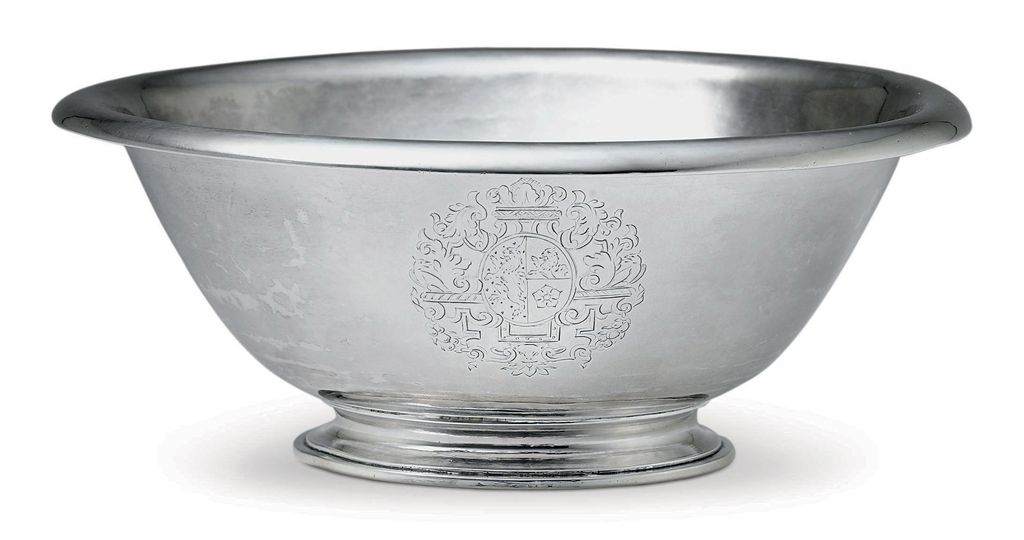
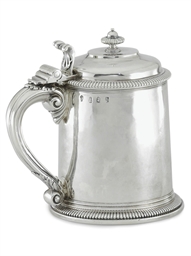
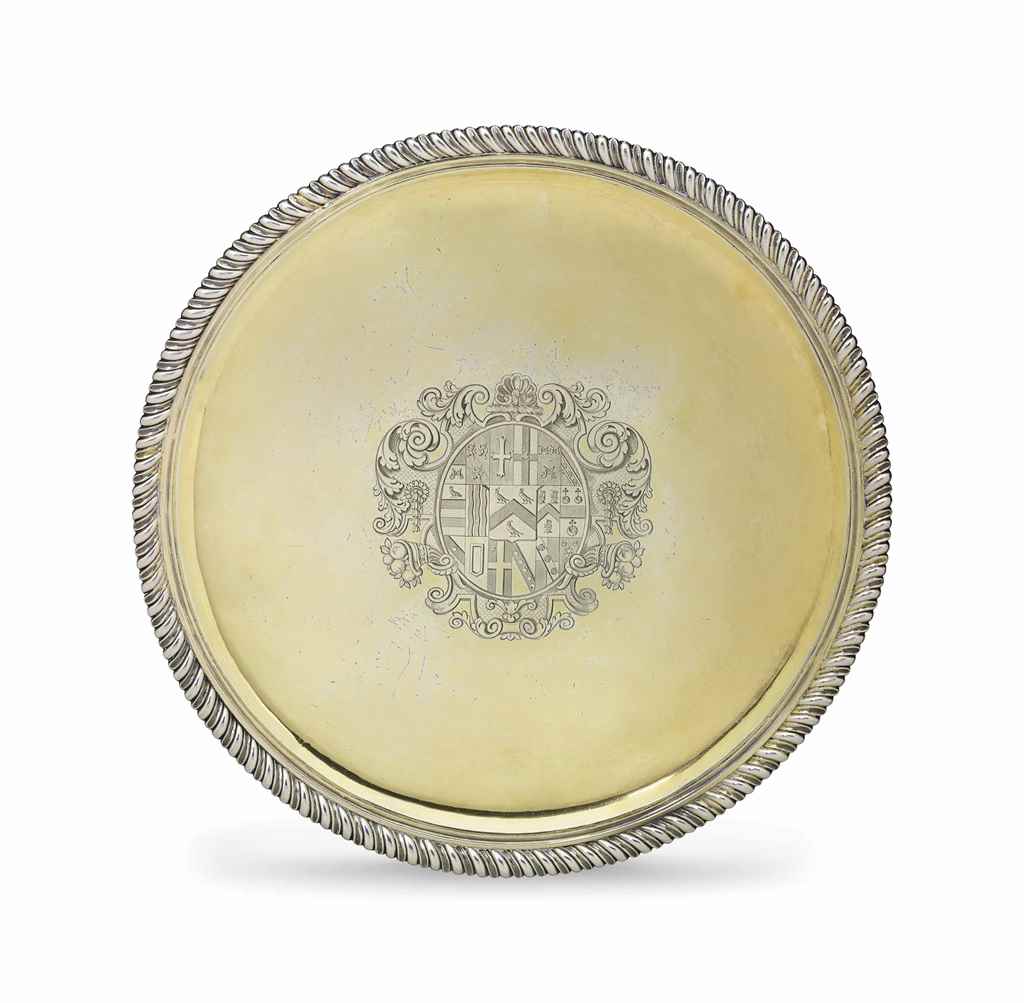

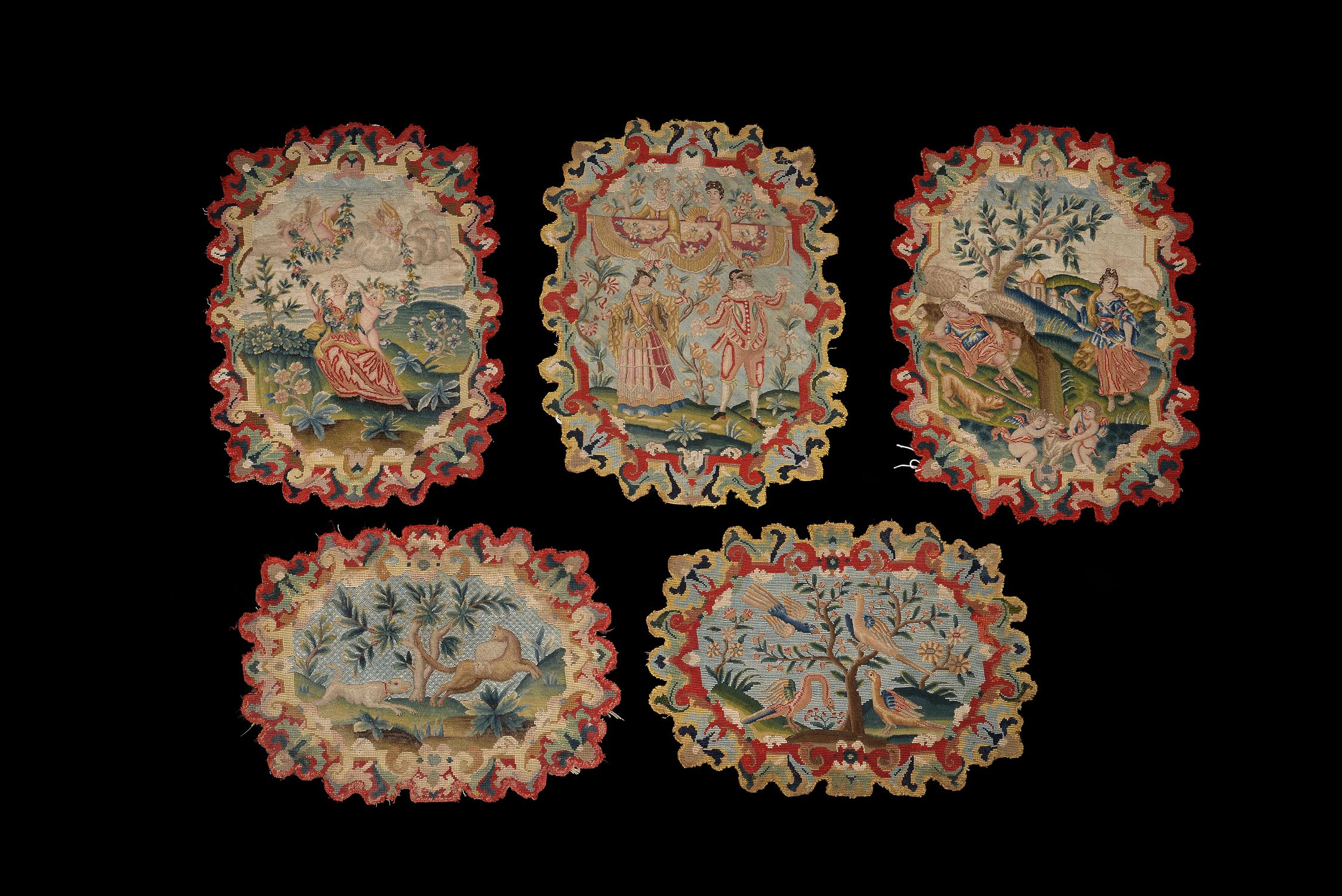







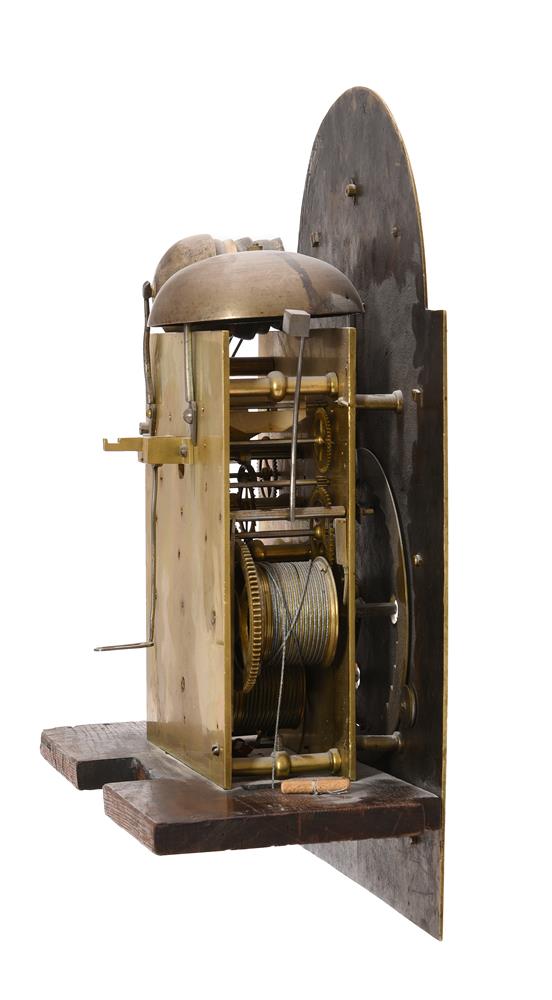


Try LotSearch and its premium features for 7 days - without any costs!
Be notified automatically about new items in upcoming auctions.
Create an alert